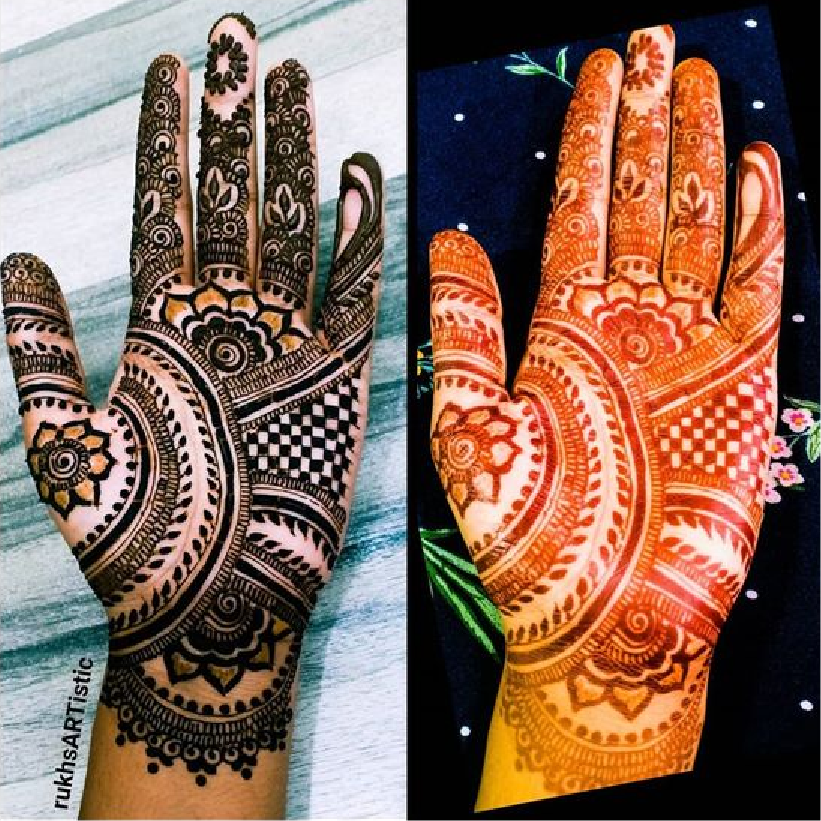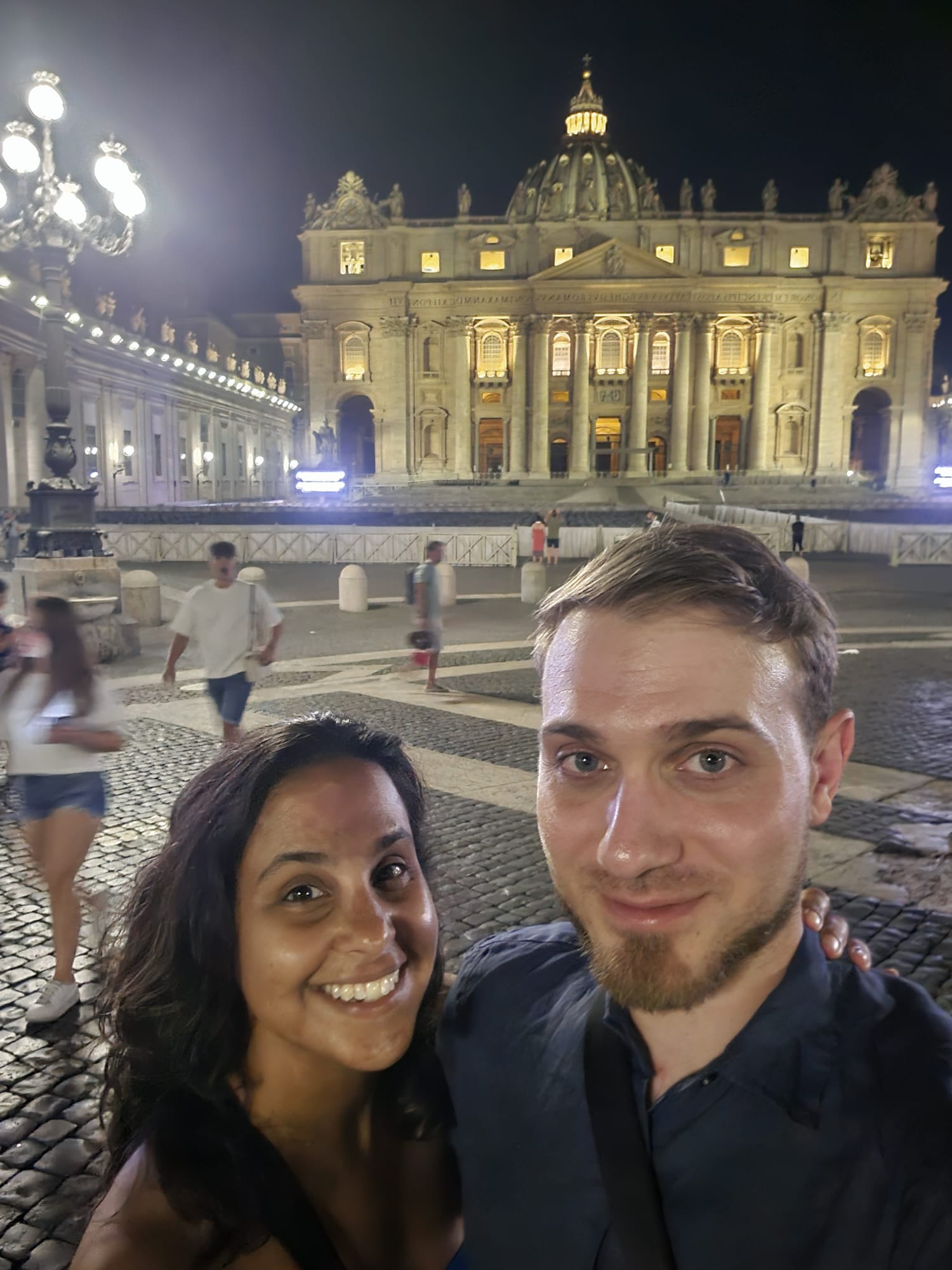Mehndi
Saturday May 4th, 2024
@ 6:30PM
Location:
Dum Pukht, Markham, Ontario.
323 Denison St Markham, ON L3R 1B7
What Is a Mehndi?
An Ismaili Mehndi (Henna) Ceremony is traditionally a pre-wedding celebration hosted by the bride and her family in the bride's home. Although this is typically a small, casual affair, modern multi-cultural mehndi ceremonies are becoming more elaborate and inclusive of both families. A Mehndi Ceremony involves adorning the hands and feet of the bride with a henna design as a celebration. At a Mehndi, guests also have the opportunity to decorate their hands with henna. Many believe that the Mehndi Ceremony signifies happiness, prosperity, love and strength.
Mehndi (henna) is a paste made from the henna plant that is left on the skin to create a beautiful design. The longer henna paste is left on the skin, the darker the design will be.

What happens at a Mehndi?
Some traditions you will see:
Puro: The women of the groom's family carry the bride's trousseau to welcome her into their family. In turn, the bride's mother greets them and will "ponke" each woman to welcome them into the bride's family.
Ponke/Ponkwa: The ponkwa ceremony is performed many times throughout the wedding festivities. It is a method of bestowing blessings by the mothers of the couple. The mother places a dot of saffron water (chandlo) on the forehead of a person, representing good luck. She will then place rice on top of the chandlo, to signify bounty. Coloured rice or flower petals are then showered over the person three times as a blessing. Finally, the person is fed something sweet to bless them with, "sweetness," in life. After the mothers have completed the Ponkwa ceremony, guests are welcome to participate as well if they wish.
Entrance of the Groom: The groom enters the hall accompanied by friends and family of his choice in the spirit of celebration as he enters a new phase in his life.
Entrance of the Bride: The bride enters the hall led by friends and family of her choice. They hold a saree above her head to signify protection and dignity. Shaileen will be entering under her grandmother's saree.
Sapatia: Sapatia are two clay pots that are placed on top of each other that are broken throughout the wedding ceremonies, and are filled with items of significance; lentils to symbolize abundance and bounty, silver to signify wealth, sugar representing sweetness and harmony, and turmeric for good health. Filled sapatias are placed in front of the couple who will stomp on them to break them open and release their contents. It is said that whoever breaks the sapatia first will rule the household.
Blessing The Couple: Once the couple has entered the hall, it is time for the mothers to bestow their blessings. At this time, the mothers will ponke both the bride and groom. Both mothers will then hold the ends of their sarees over the heads of the bride and groom to symbolize protection. Sapatias are then placed in front of the couple and are broken to signify the end of the ceremony.
FAQs
Where is the Mehndi?
The Mehndi will be held at an Indian Restaurant called Dum Pukht in Markham, Ontario.
What should I wear?
Both Indian and Western attire are appropriate. Dress code is similar to cocktail style attire.
What are we eating?
Both Indian and Italian food will be served at the Mehndi.
Where do I park?
There is a parking lot circling the building. The venue has requested that we park at the back or either side of the building.
Will there be alcohol?
There will be an open bar available.
